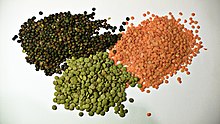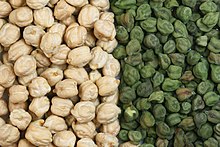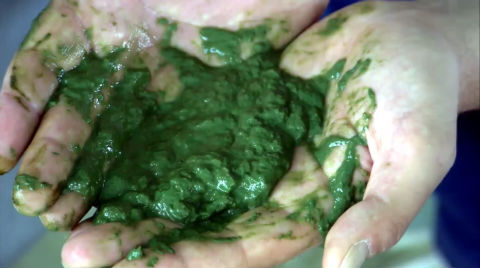Vegetarian
diet has always been considered as low on protein and high on carbs. Every now
and then diet experts, doctors and meat lovers have taken a stab at the
vegetarian way of living as low protein, unhealthy and low energy diet.
The main
aim behind this post is to articulate how vegetarian diet can be made protein
rich and high energy. Below is the vegetarian sources of protein which are
healthy, affordable and very easy to digest
1. Textured
Soya Protein or Soya chunks:
Lentils, a small but nutritionally mighty member of the legume family, are a very good source of cholesterol-lowering fiber. Not only do lentils help lower cholesterol, they are of special benefit in managing blood-sugar disorders since their high fiber content prevents blood sugar levels from rising rapidly after a meal. But this is far from all lentils have to offer. Lentils also provide good to excellent amounts of seven important minerals, our B-vitamins, and protein—all with virtually no fat. The calorie cost of all this nutrition? Just 230 calories for a whole cup of cooked lentils. This tiny nutritional giant fills you up—not out.
3. Cottage cheese or Paneer
:
Cottage cheese is one of the best and very easily digestible source of protein from milk. This is a staple in Indian vegetarian households due to ease of making and availability. Paneer is prepared by adding food acid, such as lemon juice, vinegar, citric acid or yogurt,[1] to hot milk to separate the curds from the whey. The curds are drained in muslin or cheesecloth and the excess water is pressed out. The resulting paneer is dipped in chilled water for 2–3 hours to improve its texture and appearance. From this point, the preparation of paneer diverges based on its use and regional tradition.
Cottage cheese is one of the best and very easily digestible source of protein from milk. This is a staple in Indian vegetarian households due to ease of making and availability. Paneer is prepared by adding food acid, such as lemon juice, vinegar, citric acid or yogurt,[1] to hot milk to separate the curds from the whey. The curds are drained in muslin or cheesecloth and the excess water is pressed out. The resulting paneer is dipped in chilled water for 2–3 hours to improve its texture and appearance. From this point, the preparation of paneer diverges based on its use and regional tradition.
Chick
peas are another low cost high value protein source, In ancient Indian culture
chick peas were considered such high source of protein and energy that war
horses were fed on chick peas for muscle buildup and strength.
So next time you meet any meat eater who is bragging about his protein
intake make sure you give it back with all this knowledge. Many more options on
vegetarian protein sources can be found here
Stay healthy and love vegetarian food.








